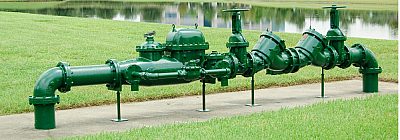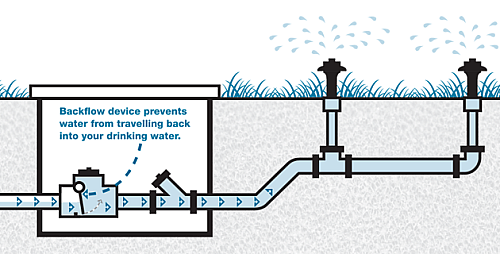Residential – Commercial – Industrial Plumbing Services




Keep drinking water safe from contaminates is easy. Find and eliminate Cross-Connections. Install Backflow devices, assemblies, or air gaps. Install hose bib vacuum breakers on water fixtures. Something as useful as your garden hose has the potential to contaminate your home’s water supply. More than half of the nation’s Cross-Connections involve unprotected garden hoses.
HOURS OF OPERATION